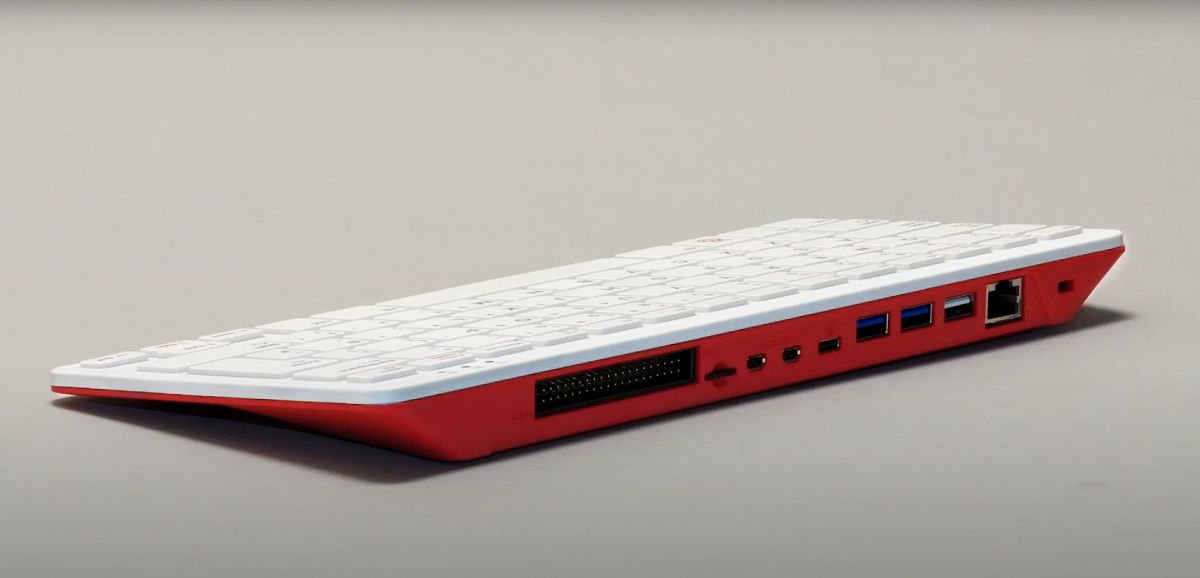We often refer to Linux as an operating system, but really, it’s just the kernel. And said kernel has reached version 5.14, expanding what hardware you can now power with free and open-source software and the things you can do on said devices.
As often happens, this release removes tens of thousands of lines of code, this time by dropping legacy IDE support. Nonetheless, this kernel still contains more lines of code than the last due to all of the additions. Here are some of the highlights:
1. Core Scheduling
Core scheduling is a feature that offers safer simultaneous multithreading following the Meltdown and Spectre vulnerabilities, rather than the previous “solution” of disabling simultaneous multithreading entirely. A feature perhaps more related to system administrators than desktop users, core scheduling has been in development for quite a few years before making its debut in kernel version 5.14.
2. “Secret” Memory Areas
Another one for system administrators, 5.14 introduces the ability to create memory areas that other areas of a system, including the kernel, cannot access. This feature comes via a memfd_secret system call that is not enabled by default.
3. Journaling Improvements for the ext4 Filesystem
The ext4 filesystem has long served as the default filesystem for many Linux distros, and it has proved reliable. But there’s always room for improvement. This kernel release further reduces the risk of data leaks via a new ext4_ioc_checkpoint command that forces the filesystem to write pending journal transactions to disk and overwrite the data in the journal’s storage area.
4. Support for Raspberry Pi 400

The Raspberry Pi 400 is, unlike previous models, a complete all-in-one PC. Okay, mostly. It’s what you get when you cram a Raspberry Pi into a keyboard. All you need to do is plug in a mouse and a monitor. When this device launched, it came with a modified Linux kernel. Now support has landed in the regular kernel found in the majority of Linux distros.
5. Support for Dell Physical Kill-Switches
Linux users may already be familiar with the concept of kill-switches through laptops or phones from Purism, but other manufacturers have gotten hip to the concept. Dell is introducing the functionality to its laptops, and support for those has landed in the Linux kernel.
6. Lower Latency USB Driver for Audio
This is a big plus for anyone turning to Linux for audio production, whether that’s creating music or a podcast. Lower latency playback has been confirmed to work with PipeWire alongside PulseAudio and JACK.
7. Share-Select Button on Xbox One Controllers

Microsoft’s game console controllers work splendidly with PCs, making them the standard for many gamers. Those using the controller on Linux will now find a functional share-select button.
8. Hot-Unplug for AMD Radeon Graphics Cards
If you find yourself in a situation where you want to snatch your AMD Radeon graphics card out of your PC while it’s on, support has landed in the Linux kernel. This probably isn’t something many people do often, but if AMD decided to make this something its graphics card can do, then it’s reasonable to expect the feature to work on Linux too.
How to Get Linux Kernel 5.14
If you need to grab the latest kernel right away, you do have the option to build Linux from the source by downloading the files from kernel.org. But this is neither the easiest nor the recommended way to go about doing things.
The best bet for most users is to wait for the newer kernel to arrive as part of your regular system updates. This can mean a longer wait on some distros than others. A distro like Ubuntu may stick on a single kernel until the next major OS upgrade, whereas a rolling release distro like Arch Linux will provide the newer kernel in a relatively short period of time.